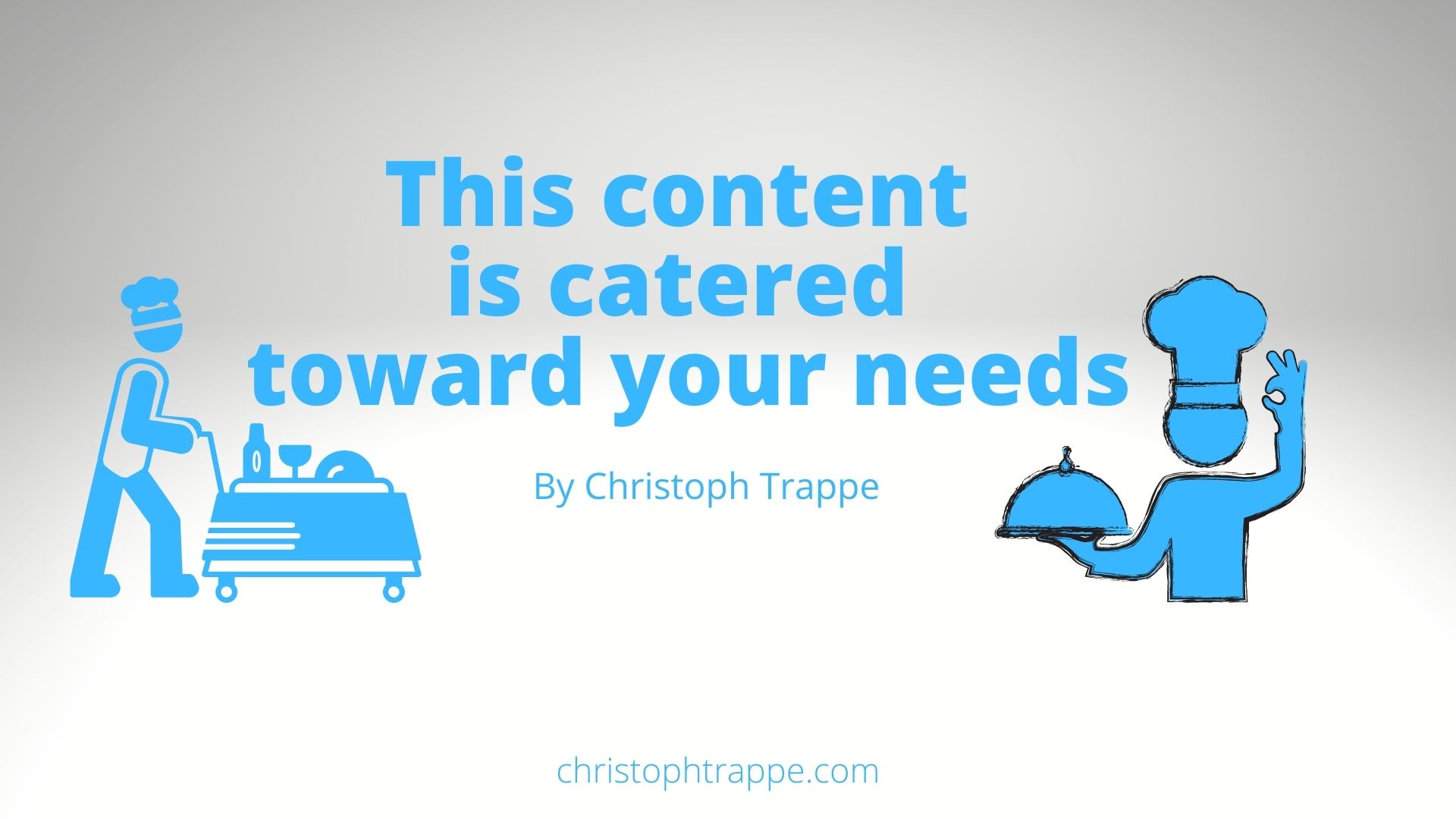Trappe Digital LLC may earn commissions from sponsored links and content. When you click and buy you also support us.
I would say that most people have a personal agenda, which is based on what they want to achieve, their values and maybe personalities.
For example, my agenda has always been that I want to be:
- in a collaborative environment.
- creating.
- successful.
- having fun.
- learning something new.
In this article, I define personal agenda as what it is we are trying to accomplish. My personal agenda is that I get this podcast studio setup so I can create better podcasts. In some contexts, personal agenda can also be thought of as a to-do list. My personal agenda for the day includes getting these things tone. This article isn’t about to-do list management.
Is having a personal agenda negative?
At times, “having an agenda” can be seen as negative. “They have an agenda and are trying to put one over on me.” That is indeed also a version of a personal agenda. Their agenda is to be ruthless or a crook or whatever.
And if agendas don’t align there’s a much higher probability for disagreement and conflict. Really, there’s nothing wrong with a little bit of disagreement, but since it feels more uncomfortable than harmony, it’s easy to see why we might not want it.
Another problem with agendas is when one party of a conversation thinks the other person has a so called hidden agenda.
- What do they really mean?
- What’s behind their questions?
- Is their agenda really this…
Not understanding them or guessing wrong is probably one reason why the phrase of having agendas often has a negative connotation attached to it.
Internal vs. external
There’s also a level of understanding the difference between internal and external personal agendas. For example, when content strategists work with internal teams, everyone has some kind of personal agenda. There are things they want to accomplish and maybe in a certain way. This is important to understand.
For example, if the internal stakeholder’s personal agenda is to just ride things out for a few more years, it’s hard to move forward any kind of change initiative.
But then we also have the external audiences that we need to understand. Whether we like it or not, the internal politics impact what can be done for the external audiences so we need to figure out our story for both of these.
Read next: Who is your audience? Is it internal or external?
Why content strategists must care about personal agendas
When it comes to creating content for our target audiences, we have to care about their personal agendas. In fact, I would say that well-developed personas of our target audiences have their personal agendas listed.
Marketing executive Junae Brown discussed the importance of personas as well on “The Business Storytelling Show.” Creating personas is still important, but they must go deeper and deeper in the right areas of information.
Good personas have this information listed about our target audiences:
- Their hopes
- Their dreams
- Goals
- How they like to work on projects
- What their values are
- And more
Some of that can depend of course on in what context you are trying to reach them. You don’t need to know about their workflow if your product has nothing to do with workflow, for example.
The more relevant information I have about my audience, the easier it does become for me to create experiences for them that are relevant. Instead of peppering personas with irrelevant stuff like “checks Instagram before Facebook” add some of those pieces.
How do we get to understand personal agendas?
Part of understanding audiences certainly can be achieved by:
- watching what content resonates with them
- keeping an eye on search trends on the web
- asking them
Sometimes that could mean talking to members of the target audience about the things they need to know, things they don’t care about and then using that information to create better experiences going forward.
Then frame your content with agendas in mind
From there, create your content always with people’s personal agenda in mind. Tailor it. Try to hit their pain points. You might even consider using a formula like the StoryBrand formula discussed here to make sure you keep them top of mind.
Read next: Use these storytelling skills to tell better stories for your company

